How Does Vivitrol Work for Alcohol?
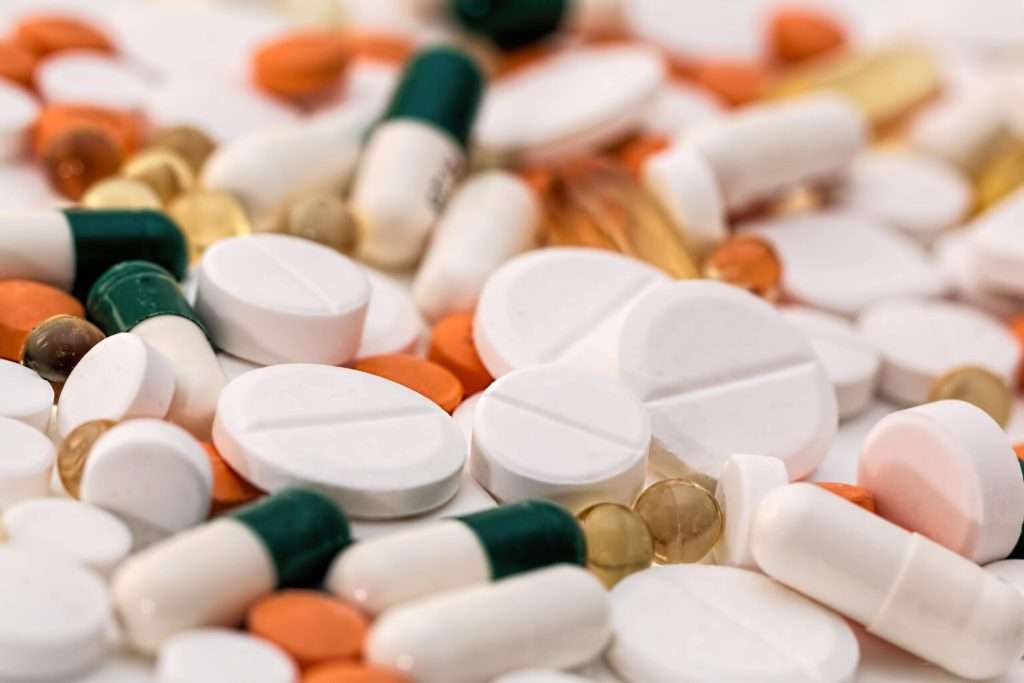
Once a person descends into alcoholism, it can seem nearly impossible to find their way out. Fortunately, the right rehab program can provide answers they may not know about, including Vivitrol. How does Vivitrol work for alcohol addiction? It is used to help prevent a person in recovery from alcoholism from experiencing the typical effects […]
Historic Brookhaven Living Spotlights Carter Pope, Jr. And Demand For At-Home Recovery Program
Creekside Recovery Residences Co-founder and CEO Carter Pope and his wife were interviewed for the “Resident Recognition” feature in the July 2021 lifestyle magazine, Historic Brookhaven Living. The article focuses on how the pandemic has affected those in recovery and how it drove the need for creating a supervised sober-living program that recovering individuals can […]
Shoutout Atlanta Talks With Co-Founder And CEO Carter Pope, Jr.
Creekside Recovery Residences Co-founder and CEO Carter Pope was featured in a story from Shoutout Atlanta. In the article, Carter talks about his personal recovery journey and how that led him to found Creekside Recovery Residences. He also provides an in-depth look at the business and shares some of favorite things about Atlanta from dining […]
Addiction Recovery Programs Find New Ways To Offer Support In Pandemic
Creekside Recovery Residences Co-founder and COO Brad Baker was featured in a story about how addiction recovery programs have pivoted during the pandemic and created new support programs. In this segment, Brad discusses Creekside Recovery Residences’ adaptive sober living program. WATCH VIDEO
COVID-19 Causing A Decrease In Those Seeking Help With Addiction
Creekside Recovery Residences Co-founder and COO Brad Baker discusses how the coronavirus pandemic is impacting those seeking treatment for substance abuse. Seeking Substance Abuse Treatment | WHHITV
Georgia Substance Abuse Statistics and Drug Use
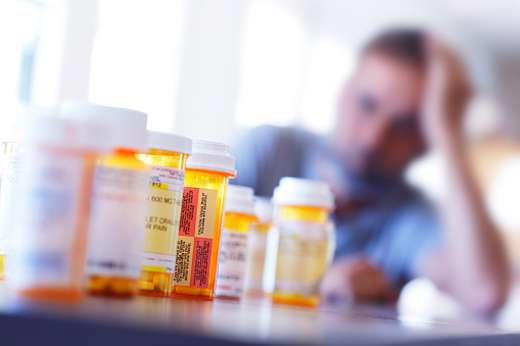
For over a decade now, the entire United States has experienced some of the worst drug abuse in its history. In 2011, the Centers for Disease Control and Prevention (CDC) declared the abuse of and addiction to opioids as being a “pandemic.” Today, that same pandemic is occurring, only now it has reached even more […]
What is a Vivitrol Shot and How Does It Work?
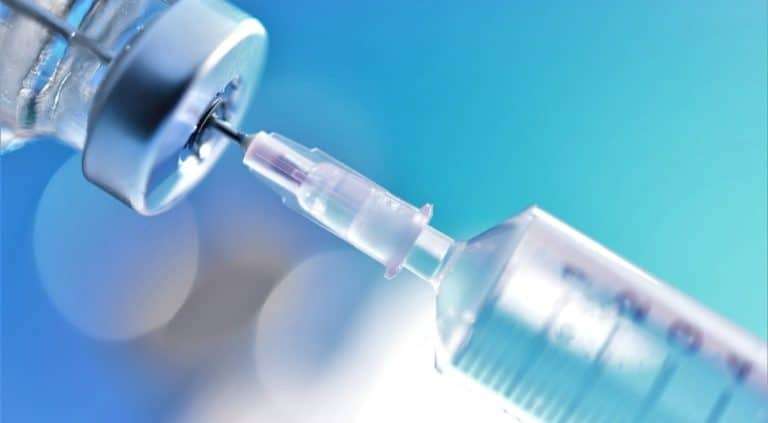
Opioid addiction affects roughly 15 million people worldwide. This number does not take into account the millions of friends, family, and loved ones who experience significant impacts from this disease, too. When opioid addiction is occurring within a person’s life, everyone and everything around them can suffer tremendously. The same goes for those who are […]
How to Find A Local Sober Living Home

When you have completed an addiction treatment program via a residential program, an intensive outpatient program, or any other level of care, it does not mean that your work is done. Learning how to live sober is a lifelong process and it can take a great deal of effort. Luckily, as time passes, navigating sobriety […]
How Can I Tell If My Son is Using Drugs?
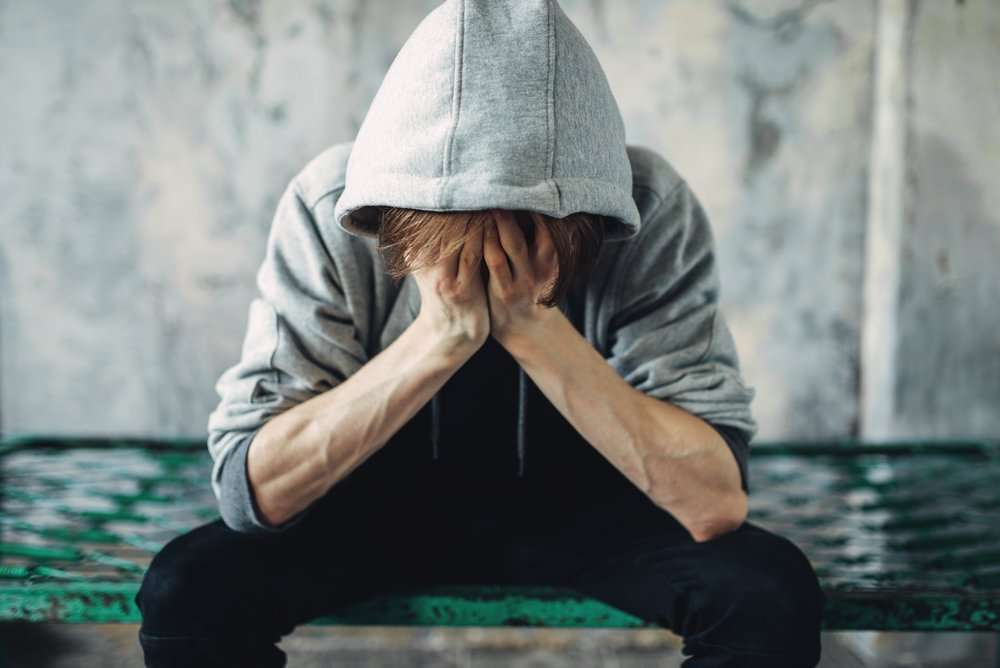
For many families, drug abuse is impacting their young adult children on a number of troubling levels. Studies show that males are more likely than females to use illicit drugs (such as opioids, meth, cocaine, etc.), so if you are a parent of a young adult son, you might be concerned that they will go […]
Who Pays For A Halfway House?
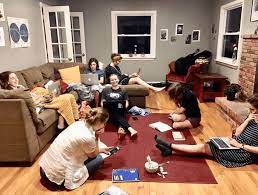
Halfway houses are an important bridge in reaching the goal of healthy sober living in the real world. Treatment, the first step towards recovery is typically covered completely or in part by most insurance plans. Intensive medical and psychological treatment involving professionals to care for the addict are acceptable expenses for insurance companies to reimburse. […]


